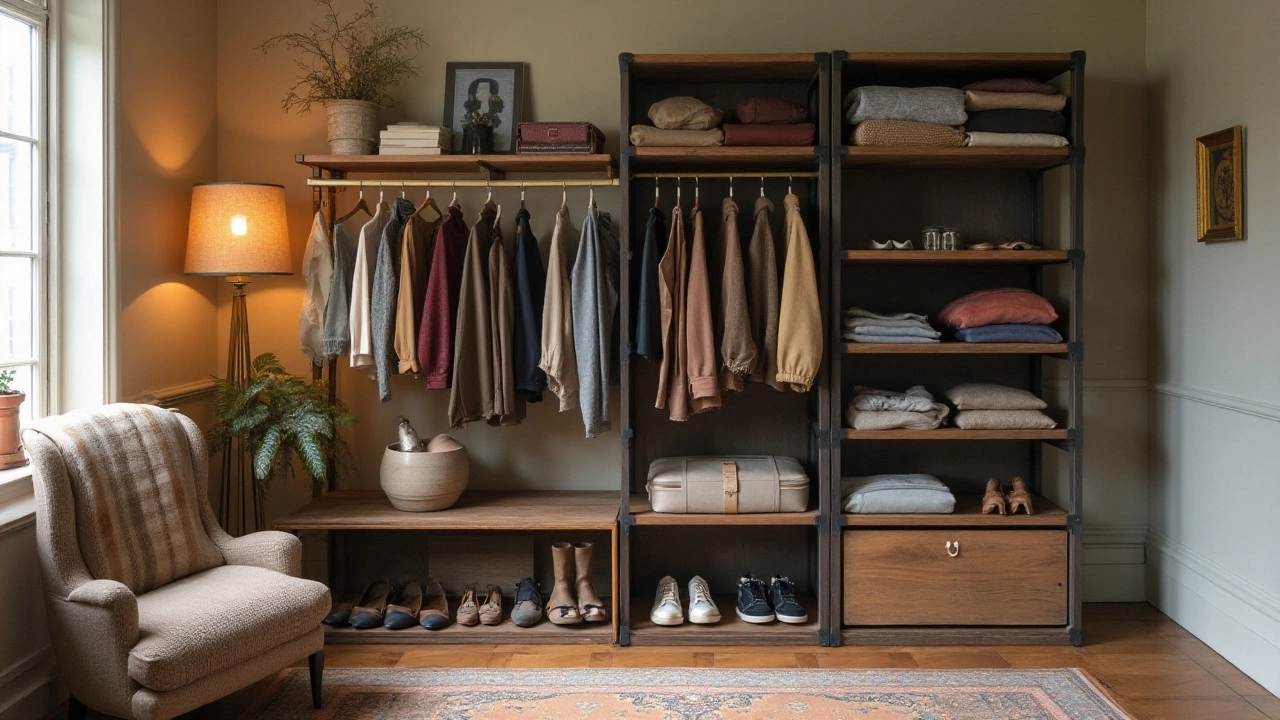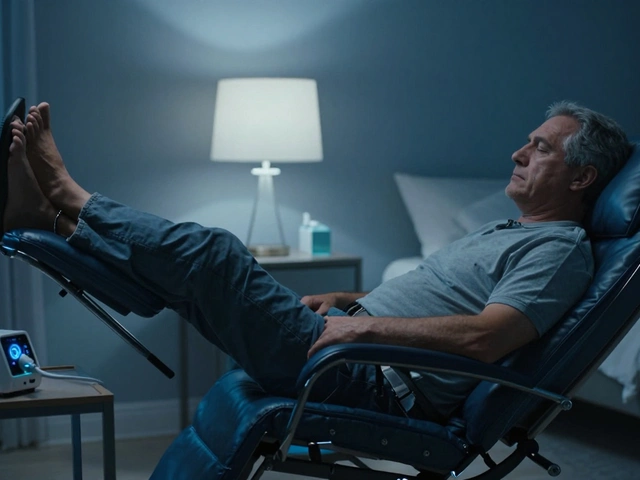Wardrobe Alternatives That Actually Work for Your Bedroom
Got a tiny bedroom or just tired of the same old wardrobe? You’re not alone. Many people struggle with limited space, awkward layouts, or a closet that just doesn’t match their style. Luckily there are plenty of wardrobe alternatives that are easy to install, affordable, and can be tailored to your needs.
Built‑In Closets and Wall‑Mounted Units
When you build storage into the wall, you free up floor space and create a clean look. A built‑in closet can be as simple as a few shelves and a hanging rod, or as detailed as a full walk‑in system with drawers and shoe racks. The biggest advantage is that you use the space that would otherwise be empty – the area between the floor and ceiling. Because it’s fixed, you won’t have to worry about it tipping over or taking up room when you move.
Installation is straightforward if you have basic DIY skills. Measure the height, width, and depth you have, then attach sturdy brackets to the studs. Add a couple of wooden boards for shelves, a metal rod for hanging clothes, and you’re done. If you want a more polished finish, hire a local carpenter to add doors or custom trim.
Freestanding Wardrobe Alternatives
Not ready to commit to a built‑in? Freestanding units give you flexibility. Think of open‑frame wardrobes, modular wardrobes, or even a set of matching wardrobes and dressers. Open‑frame wardrobes are popular because they let you see everything at a glance, which makes getting dressed faster. You can pick a frame in a metal finish for an industrial vibe or wood for something cozier.
Modular wardrobes let you add or remove sections as your needs change. Start with a simple two‑door unit, then add a drawer stack or extra hanging bar later. The modular approach works especially well for renters who can’t drill into walls. Look for pieces that use standard dimensions so you can mix and match without hunting for special parts.
Another clever option is a wardrobe built from repurposed furniture. A sturdy bookshelf paired with a curtain can become a budget‑friendly wardrobe. The curtain hides the clothes, while the shelves store folded items and accessories. It’s an easy DIY project that adds personality without breaking the bank.
Choosing the right alternative depends on three things: space, budget, and style. Measure your room before you buy anything – note the length of any wall you could use, the ceiling height, and the distance from doors or windows. Then set a realistic budget. Built‑ins usually cost more up front but pay off in saved space. Freestanding pieces are cheaper and can be moved later.
Finally, think about how the storage will fit with the rest of your bedroom. If you have a modern room, go for sleek metal frames or glass doors. For a traditional look, pick wood finishes that match your bed or nightstand. Adding matching handles or a coat of paint can tie everything together.
In short, you have more options than just a standard wardrobe. Whether you pick a built‑in closet, a modular freestanding unit, or a creative repurposed piece, the right alternative can free up floor space, improve organization, and make your bedroom feel larger. Start with a quick measurement, set a budget, and choose a style that makes you happy. Your perfect storage solution is closer than you think.
Innovative Alternatives to Wardrobes: Creative Storage Solutions
When it comes to organizing our homes, wardrobes play a significant role, but there are other creative ways to manage your clothes and belongings. From clothing racks to modular storage units, the options are endless. This article explores innovative solutions to replace traditional wardrobes, offering practical tips for various living spaces. Discover unexpected and stylish methods to keep your living area tidy and efficient. These alternatives can suit different styles and budgets, making room for creativity in home organization.







